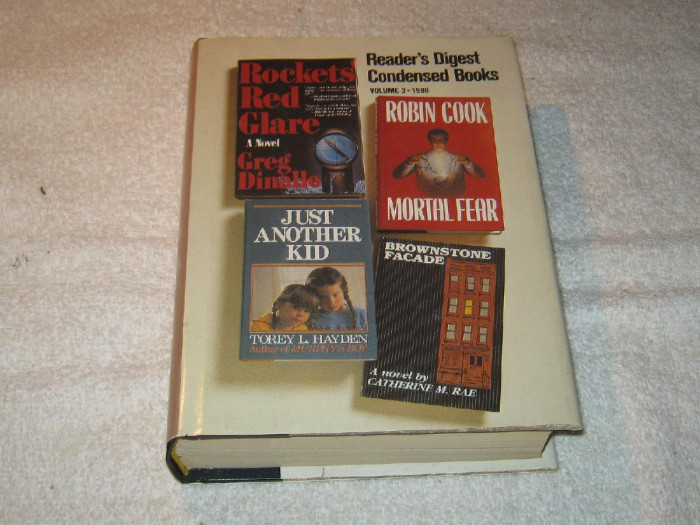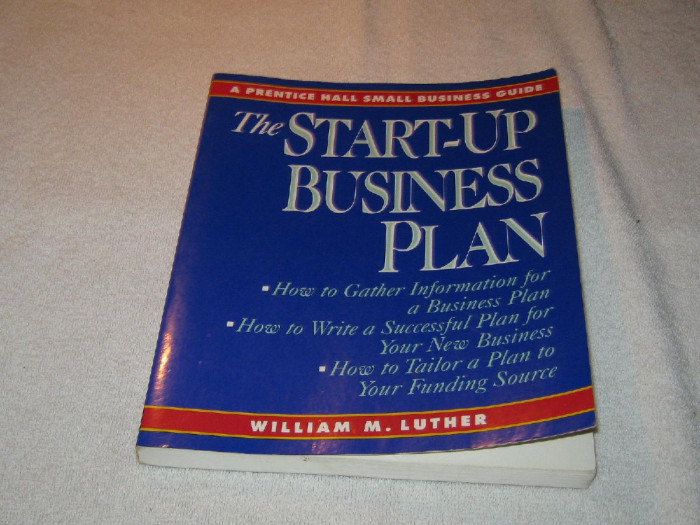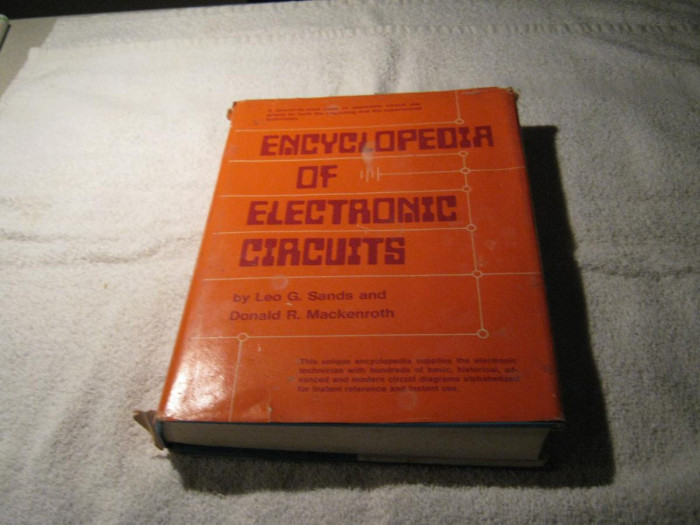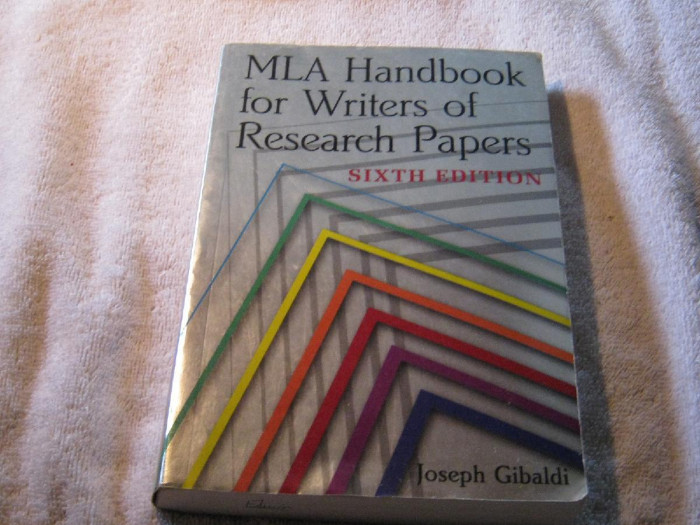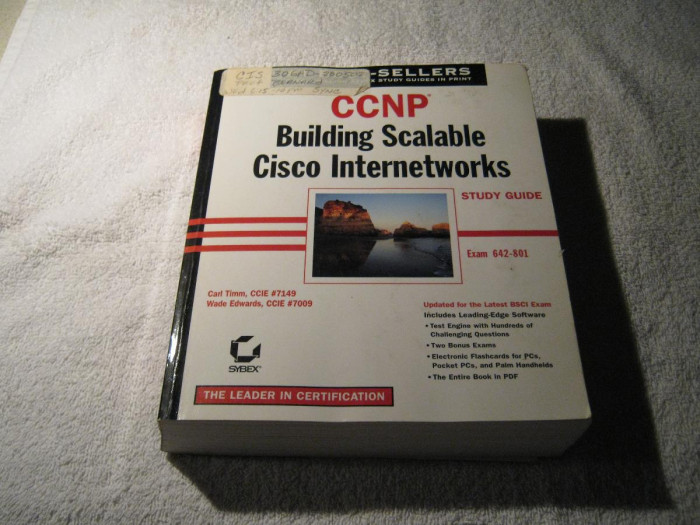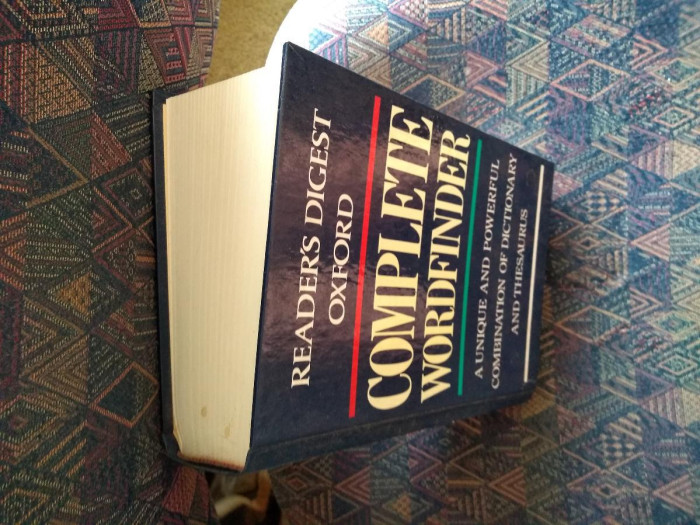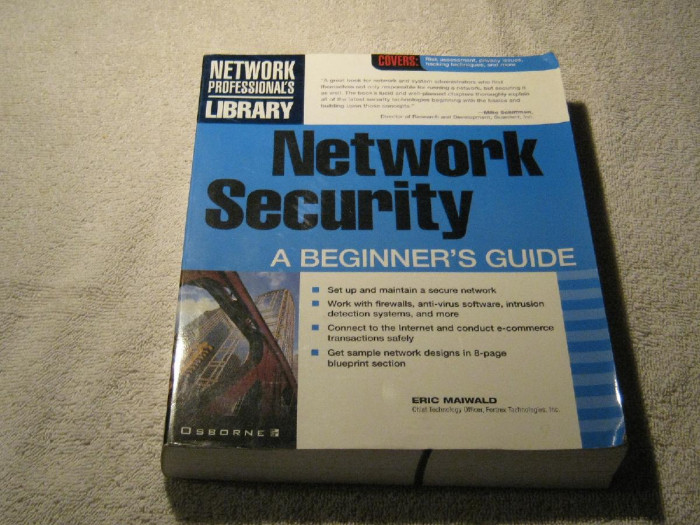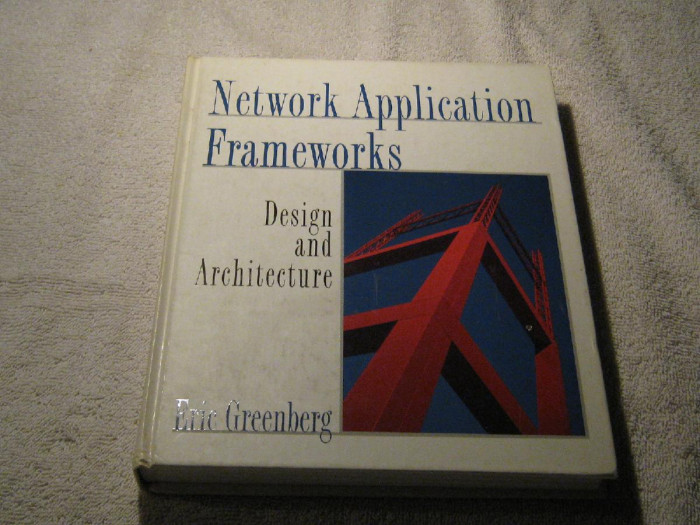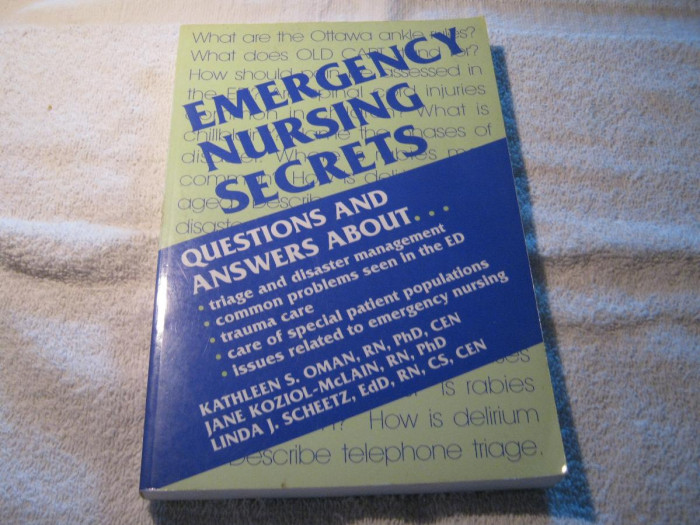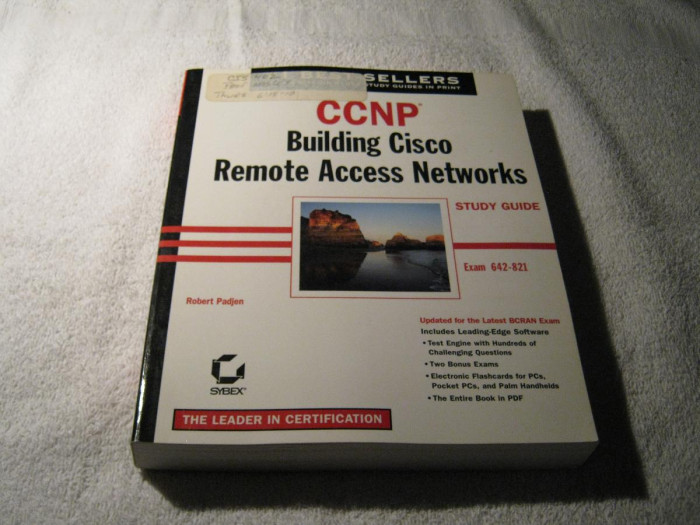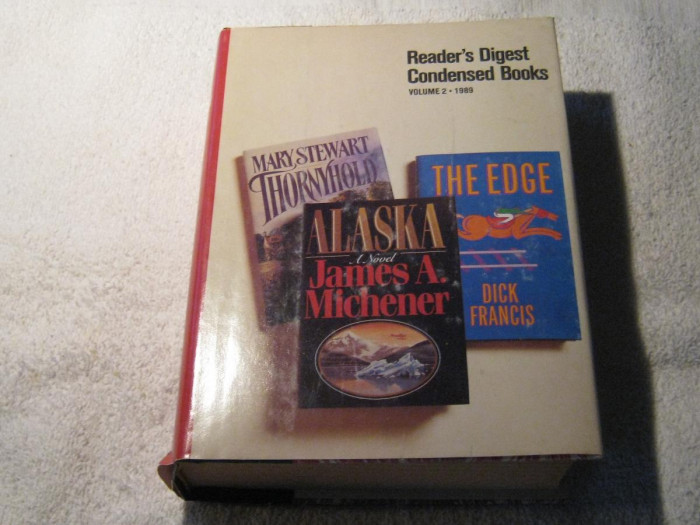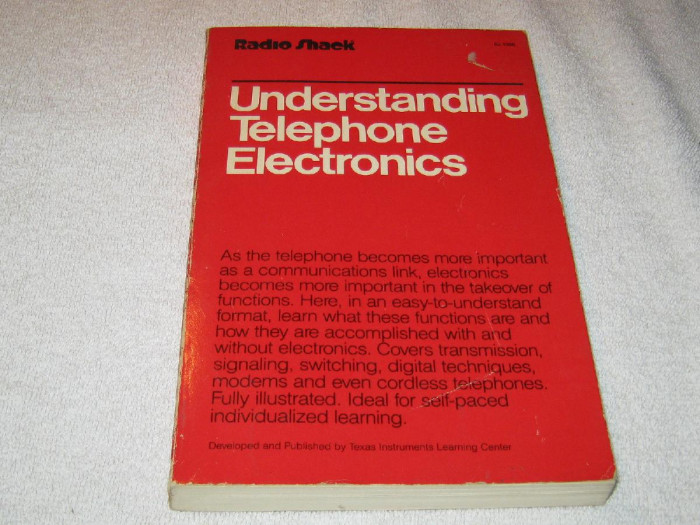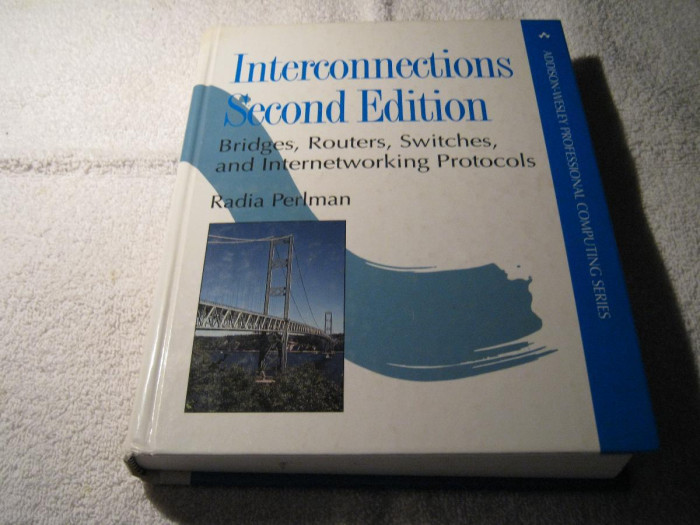Handbook of Digital Applications
description
Local pick-up preferred, but will ship at the buyer’s expense
Kingston Books-9 - IMG_1268
Author: David L. Heiserman
Illustrations, Block-Diagrams, Truth Tables, Demonstration Circuits
Contents by Chapter
Preface:
It is no longer very difficult to appreciate the importance and power of digital electronics in the industrial and computer marketplaces.
Digital electronics has not always enjoyed this high degree of popularity, however. Being largely restricted to applications in computer technology through the 1940’s, 1950’s and the first half of the 1960’s.
The advent of the modern automated industrial machinery, automated communications systems and a host of revolutionary , consumer-oriented digital devices (namely pocket calculators, digital clocks and wristwatches, and TV games) have given digital technology a place in the sun that can be shared with very few other major disciplines of modern electronics of modern electronics. And there is every reason to suspect that digital electronics will become even more powerful and important in the future.
It is safe to say that at least 80% of the graduates from today’s electronics engineering and technical schools will be placed in jobs calling for knowledge of digital principles, devices and systems. A sound education in digital electronics is thus vital to a successful career in electronics, both now and in the foreseeable future.
This book presents digital electronics from three distinct points of view; basic principles, available devices and systems that implement the principles and devices. Although the overall field of digital technology is rapidly and continually evolving and becoming more sophisticated, the fundamental principles remain nearly unchanged.
In regard to available digital devices, this book uses the popular TTL and CMOS technologies as models for implementing the basic principles. To be sure these devices will one day be replaced with other circuits having more versatile and superior operating characteristics; but even so, a thorough appreciation of how TTL and CMOS devices operate will make any forthcoming transition to another type of device easier and more meaningful.
Thus, this book combines the unchanging elements of digital fundamentals with the TTL and CMOS devices that are currently used for putting the principles to work. There is more to the story, however. The discussions in this book begin with principles, then turn to specific devices and finally to working systems range from simple digital toys and novelties to the most sophisticated computing machines and automated industrial controls. The digital systems described in this book are merely representative of what is being done with TTL and CMOS electronics today. A thorough understanding of a few essential digital systems, however, can be rather easily generalized to include just about any sort of system an engineer or technician will encounter now and in the foreseeable future.
Some of the finer details presented here might change with time, but the basic principles and the thought processes engendered by the study of the current state-of-the–art will never become out-of-date.
The language of this book is on what is often loosely termed the “technician level.” Most of the discussions, however, are design oriented. The presentations are thus suitable for both technical and engineering courses in practical digital electronics. And if it seems this approach forces the technician into the role of engineer, so much the better. Knowing how to design a custom digital system quite naturally leads to a high degree of competence in regard to repairing and maintaining existing systems..
The first three chapters deal almost exclusively with the “unchanging” principles of elementary logic circuits
and Boolean algebra.
Chapter 4 describes the essential characteristics of TTL and CMOS integrated circuits, and Chapter 5 takes up the vital subject of interfacing those circuits with the outside world.
Chapters 6 and 7 introduce sequential logic circuits that lead to an understanding of basic flip-flops, latches and monostable and astable multivibrators.
Digital counters and counter systems are presented in Chapters 8 and 9. And after a discussion of digital encoding and decoding circuits in Chapter 10, the student will find some compelling and relevant applications of counter systems in Chapter 11.
Chapter 12 ties up some loose ends that are left after describing the basic principles, devices and systems in the first 11 chapters.
Shift registers and basic semiconductor memory systems are discussed in Chapters 13 and 14, respectively
Chapters 15 and 16 deal with the basic principles and IC devices required for digital numeric and arithmetic operations. Most arithmetic work is now being carried out on a large-scale, making small-and medium-scale TTL and CMOS devices appear rather awkward by comparison. But in keeping with the general tone of this book, the principles presented in these two chapters lead the student to a grater appreciation of how the larger- scale digital devices work.
1. The Role of Integrated Circuits in Digital Electronics
1-1 Organization by Gate Density
1-2 Organization by Fabrication Technology
1-3 The TTL Family
1-4 The CMOS Family
1-5 Mingling The TTL and CMOS Families
_Exercises_
1. The Combinatorial Logic Family 1. AND Functions 2. OR Functions 3. INVERT Functions 4. NAND Functions 5. NOR Functions 6. _Basic Logic IC Packages_
_Exercises_
1. Using the Building blocks of Digital Logic 1. _The Essentials of Boolean Algebra_ 2. _Building Inverters from NAND and NOR Gates_ 3. _Expanding and Building AND Functions_ 4. _Expanding and Building OR Functions_ 5. _Expanding and Building NAND and NOR Functions_ 6. _DeMorgan Symbols_
_Exercises_
1. Analyzing and Designing Digital Logic Functions 1. _Boolean Logic Identities_ 2. _Simplifying Boolean Logic Expressions_ 3. _Analyzing Combinational Logic Circuits_ 4. _Designing Combinational Logic Circuits_
_Exercises_
1. Interfacing Digital Logic Circuits 1. _Input Interfacing_ 2. _Output Interfacing_ 3. _TTL-to-CMOS Interfacing and CMOS-to-TTL Interfacing_
_Exercises_
1. Basic Flip-Flop Circuits 1. _The Basic Latch Circuit_ 2. _The R-S Flip-Flop_ 3. _The Gated R-S Flip-Flop_ 4. _The Level-D Flip-Flop_ 5. _The Edge-Triggered Flip-Flop_ 6. _T Flip-Flops_ 7. _The Master-Slave J-K Flip-Flop_
_Exercises_
1. Monostable and Astable Multivibrators 1. _Monostable and Astable Effects from Logic Gates_ 2. _The 555 and 556 Timer_ 3. _The 74123 Dual Monostable_
_Exercises_
1. Principles of Digital Counters 1. _Basic Digital Counter Principals_ 2. _BCD and Other Fixed Modulus Counters_ 3. _Variable-Modulus Counters_ 4. _Synchronous Counters_
_Exercises_
1. Counter ICs and Applications
9-1 _Asynchronous Up Counters with Clear_
9-2 _Asynchronous Up Counters with Preset and Clear_
9-3 _Synchronous Up Counters with Preset and Clear_
9-4 _Synchronous Up/Down Counters with Preset_
9-5 _Synchronous Up/Down Counters with Preset and Clear Inputs_
_Exercises_
1. Code Converters and Display Drivers 1. _Decimal-to-BCD Code Conversion_ 2. _BCD-to-Decimal Conversion_ 3. _BCD-to-7 Segment Converters_ 4. _BCD-to-Binary Converters_ 5. _Binary-to-BCD Converters_ 6. _Octal-to-Hexadecimal Converters_
_Exercises_
1. Digital Measuring Systems 1. _Power Supply and Digital Display_ 2. _Events Counter_ 3. _A Simple Frequency Counter_ 4. _Frequency Counters with Automatic Updating_ 5. _Extending the Usefulness of frequency Counters_ 6. _Pulse-Duration Counters_
_Exercises_
1. Data Selectors: AOIs, Multiplexers And Demultiplexers 1. _And-Or- Invert (AOI) Functions_ 2. _Multiplexers_ 3. _Demultiplexer Circuits_ 4. _Multiplexed Digital Displays_
_Exercises_
1. Shift Registers 1. _Serial-In, Serial/Parallel – Out Shift Registers_ 2. _Parallel-In Shift Register_ 3. _Right/Left Serial Shift Registers_ 4. _The “Universal” Shift Register_ 5. _Commercially Available Shift-Register Devices_ 6. _A Shift Register Demonstration Circuit_ 7. _Keyboard Entry of Decimal Date_
_Exercises_
14\. **Basic Memory Systems**
14-1 _A Basic Memory Cell Model_
14-2 _The 7489 TTL 16 X 4 RAM_
14-3 _Basic Memory Addresses and Control Circuits_
14-4 _RAM Switching Parameters_
14-5 ROM Devices
_Exercises_
1. **EXCLUSIVE-OR, EQUALITY and Comparator Functions** 1. _EXCLUSIVE-OR FUNCTIONS_ 2. _EQUALITY Functions_ 3. _Magnitude Comparators_
Algorithm * A Practical 4-bit The Comparator
Magnitude Comparator
1. _Parity Generators and Detectors_
_Exercises_
1. **BASIC ARITHMETIC FUNCTIONS** 1. _Fundamentals of Binary Addition_
The 7483 4-Bit adder IC * A Simple 4-Bit Adder
Demonstration Circuit * An Adder with an Accumulating Register
1. _Adding Signed Numbers_
Two Different Complement Forms * Signed and Complemented Binary Numbers *
Adding Signed Numbers in 1’s Complement Form * Adding Signed Numbers
In 2’s Complement Form * Implementing Addition of Signed Numbers
1. _Introduction to the 74181 ALU_
_Exercises_
Answers to Selected Exercises
Index
Hardcover 428 pages ISBN: 0-13-372698-3



